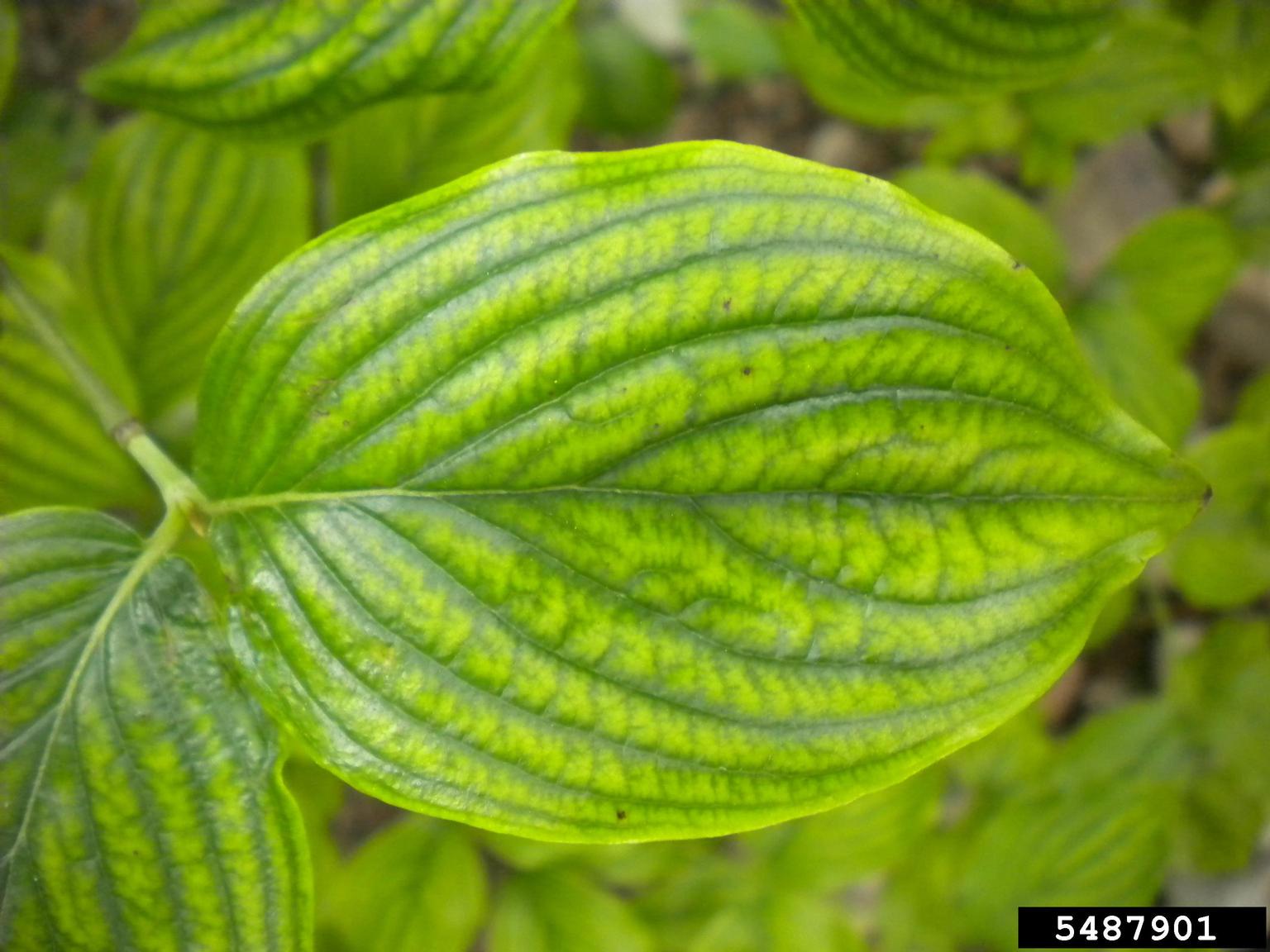Treating Sick Dogwood Trees: Reasons For A Dogwood Tree With Yellow Leaves


Autumn foliage aside, yellow leaves on a tree generally doesn’t signal health and vitality. The flowering dogwood tree (Cornus florida) is no exception. If you see your dogwood tree leaves turning yellow during the growing season, the tree is likely suffering from a pest, disease, or deficiency. Read on to find out why your dogwood has yellow leaves.
Avoiding Sick Dogwood Trees
When delicate blossoms open on your dogwood tree boughs, you know that spring is on the way. This native tree grows wild throughout the eastern states, and it is also a popular ornamental. The small size works well in home gardens and backyards, but improper culture can cause sick dogwood trees. The best defense against pests or diseases attacking your dogwood is to provide appropriate care for your tree. This is easier when you understand that dogwoods are understory trees in the wild, growing in shade on organically rich soil. You need to provide a similar environment.
Dogwood Tree with Yellow Leaves – Borer Attacks
If your tree canopy dies back or the leaves turn fall colors prematurely, it may indicate a dogwood borer attack. This insect is the most common pest of the cultivated dogwood. Adult borers are day-flying moths that lay their eggs wounds or fissures in the tree bark. As the insect larva emerge, they bore into the tree, leaving holes and sawdust-like frass as evidence of their presence. Yellow leaves on dogwood trees can be an early sign of an infection. To prevent a borer attack, plant your dogwood in shade, not direct sun, and provide adequate irrigation to avoid water stress. Don’t weed whack close to the base of the tree or otherwise wound its bark, since wounds provide an entryway for the borers.
Yellow Leaves on Dogwood Trees – Chlorosis
Another possible cause of yellow leaves on dogwood trees is chlorosis. Dogwood trees are susceptible to iron chlorosis, which means that the trees are not up taking sufficient iron to manufacture chlorophyll, the green pigment in leaves. You should suspect chlorosis if the yellow first shows up in the area between the leaf veins, leaving the veins green. In more severe cases, the entire leaves turn pale yellow. To prevent chlorosis in your dogwood tree, check the soil acidity before planting. Dogwoods cannot absorb the iron in the soil if it is too alkaline, that is, if the pH is above 7.5. While you are doing soil testing, check for magnesium, manganese, and boron levels as well, since deficiencies in these minerals can also cause chlorosis. When you see your dogwood tree leaves turning yellow because of chlorosis, make sure you are watering appropriately. Overwatering the tree (or poor drainage) can also cause chlorosis. Likewise, root damage, girdling roots, and trunk wounds all make it more difficult for the tree to transport nutrients.
Dogwood Has Yellow Leaves – Other Issues
If your dogwood has yellow leaves, the tree might also suffer from some other disease. For example, leaves with powdery mildew can turn yellow. Identify the disease by the white powder on foliage. Similarly, scale infection can also cause yellow leaves on dogwood trees. Scales are legless insects that look like small brown bumps on foliage or stems. Kill adults and eggs by spraying horticultural oil in spring.
Sign up for the Gardening Know How newsletter today and receive a free copy of our e-book "How to Grow Delicious Tomatoes".

Teo Spengler is a master gardener and a docent at the San Francisco Botanical Garden, where she hosts public tours. She has studied horticulture and written about nature, trees, plants, and gardening for more than two decades. Her extended family includes some 30 houseplants and hundreds of outdoor plants, including 250 trees, which are her main passion. Spengler currently splits her life between San Francisco and the French Basque Country, though she was raised in Alaska, giving her experience of gardening in a range of climates.